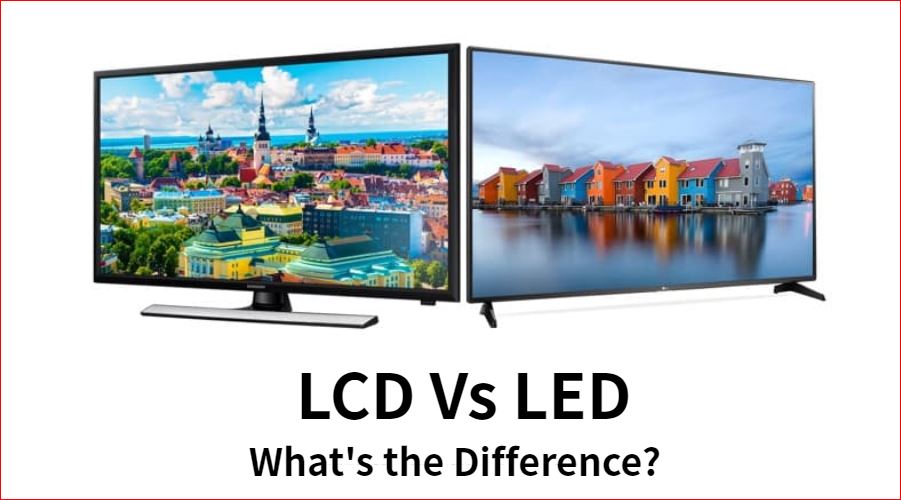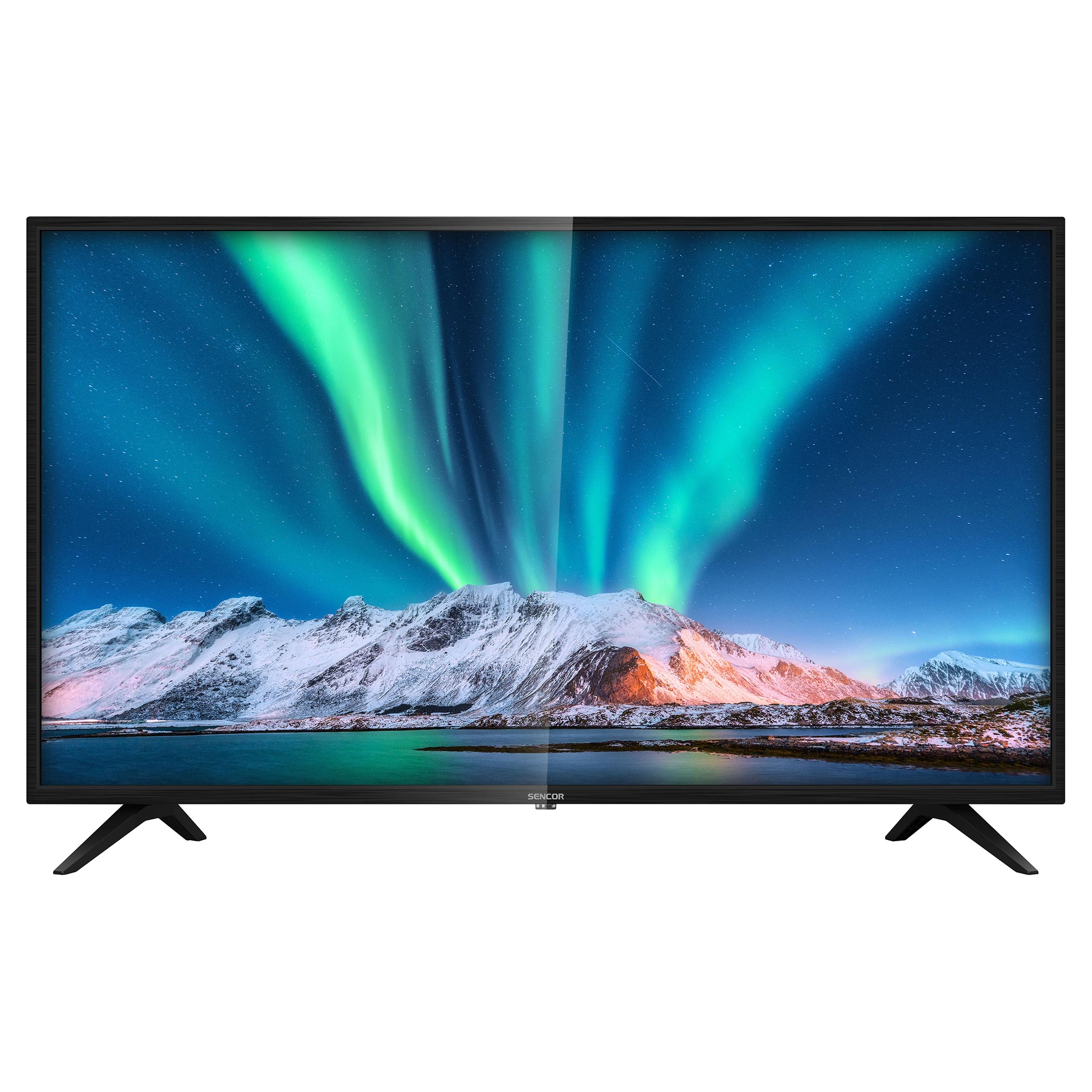
How to Create LinkedIn Ads That Get Results!
Difference between CPU & GPU Rendering

Top Best Viral Hash Tags for YouTube Short Videos

Top Business Hashtags For Instagram | The Best 15 Hashtags
Difference between LCD & LED

LCD and LED are two completely different concepts. LCD is a liquid crystal screen, which is used for display; while LED is a light source device, which is used for lighting.
The liquid crystal (LCD) itself does not emit light, and requires another light source to light up; the traditional liquid crystal uses CCFL as the backlight source, that is, compact energy-saving lamps.
LED can be used as the backlight source, so there is an LED TV. OLED is similar to LCD. OLED is an organic light-emitting diode, which can be used for display. With OLED, there is no need for a backlight. It emits light and displays color by itself, which can replace LCD.
Currently, OLED is used for mobile phone screen display ( Such as ultra-thin mobile phones), large-screen OLED display has not yet been commercialized.

Screen Displays
LCD
LED
OLED
QLED
/LG-22-28-LG4540-LED-LCD-TV-AMZN-xxx-58ceff565f9b581d726af2ca.jpg)
LCD
LCD is the full name of Liquid Crystal Display, which mainly includes TFT, UFB, TFD, STN and other types of liquid crystal displays.
The structure of LCD is to place a liquid crystal cell in two parallel glass substrates, a TFT (thin film transistor) is arranged on the glass of the lower substrate, and a color filter is arranged on the glass of the upper substrate, and the liquid crystal molecules are controlled by the signal and voltage change on the TFT Rotate the direction, so as to control whether the polarized light of each pixel is emitted or not to achieve the display purpose. LCD is a substance between solid state and liquid state. It cannot emit light by itself, and it needs an additional light source. Therefore, the number of lamps is related to the brightness of the liquid crystal display.

LED
LED (Light-emitting diode) screen, in fact, the images of these displays are still produced by liquid crystal, and the light-emitting diodes are only used as light sources. Technically, they are still LCD displays, or LED-backlit LCD TVs.

OLED
OLED (Organic Light-Emitting Diode) Organic Light Emitting Diode, it is only one letter apart from LED, but in fact the two describe completely different things. We all know that the liquid crystal panel emits light through the backlight, and produces various colors through the refraction of the liquid crystal molecules. The liquid crystal molecules cannot emit light by themselves, and the LED only refers to the backlight. OLEDs, on the other hand, emit light by themselves, so there is no need for a backlight.
LEDs use metal materials, while OLEDs use organic materials. They can emit light without lighting, and the contrast is better. Usually, LEDs need backlighting to see things. At present, the materials used in light-emitting diodes are inorganic semiconductor materials, which are difficult to apply to large-area and high-resolution components (EX: screens). To solve these problems, new organic semiconductor materials (ie, hydrocarbon-containing material), coating it on a conductive glass sheet, and passing an electric current, it can emit light of various wavelengths.
According to the driving method, OLED can be divided into passive OLED (PMOLED) and active OLED (AMOLED). Yes, it is the kind that mobile phones have adopted in these years. Behind the LCD TV is the projection of countless light points, but behind the OLED, OLED has the advantages of ultra-thin, good shock resistance, large viewing angle, short response time, good low temperature, and high luminous efficiency. It is an infinite number of independently controllable light spots that can be bright or dim, and does not need a backlight for projection.

QLED
QLED, short for Quantum Dot Light Emitting Diodes, is a self-illuminating technology that does not require additional light sources. Quantum Dots are some extremely tiny semiconductor nanocrystals that cannot be seen by the naked eye, and are particles with a particle size of less than 10 nanometers.
Quantum dots have a distinctive feature: whenever they are stimulated by light or electricity, they emit colored light. The color of the light is determined by the material and size of the quantum dot, and its frequency can be changed by changing the size of the quantum dot. , shape and material to precisely adjust for a variety of applications.
Most Popular

Top Business Hashtags For Instagram | The Best 15 Hashtags

Teach Remotely: Become An Online Teacher
How to find your Device
Computer Maintenance
Tags
Categories
- Artificial Intelligence ( Ai ) (6)
- Computer and Laptop (26)
- Crypto (5)
- Dark (7)
- Digital Marketing (3)
- Game (7)
- Google (1)
- Hashtags (2)
- Instagram (2)
- iphone (6)
- Make Money Online (9)
- Mobile (11)
- nanotechnology (1)
- News (4)
- Phone (7)
- PlayStation (4)
- privacy (6)
- Pubg (2)
- SEO (6)
- Service (14)
- Web (15)
- xbox (4)
- Youtube Channel (2)
Popular Post

Top Business Hashtags For Instagram | The Best 15 Hashtags

Teach Remotely: Become An Online Teacher
Popular Posts

How to Create or Start a YouTube Channel for Free and Make Money



0 Comments